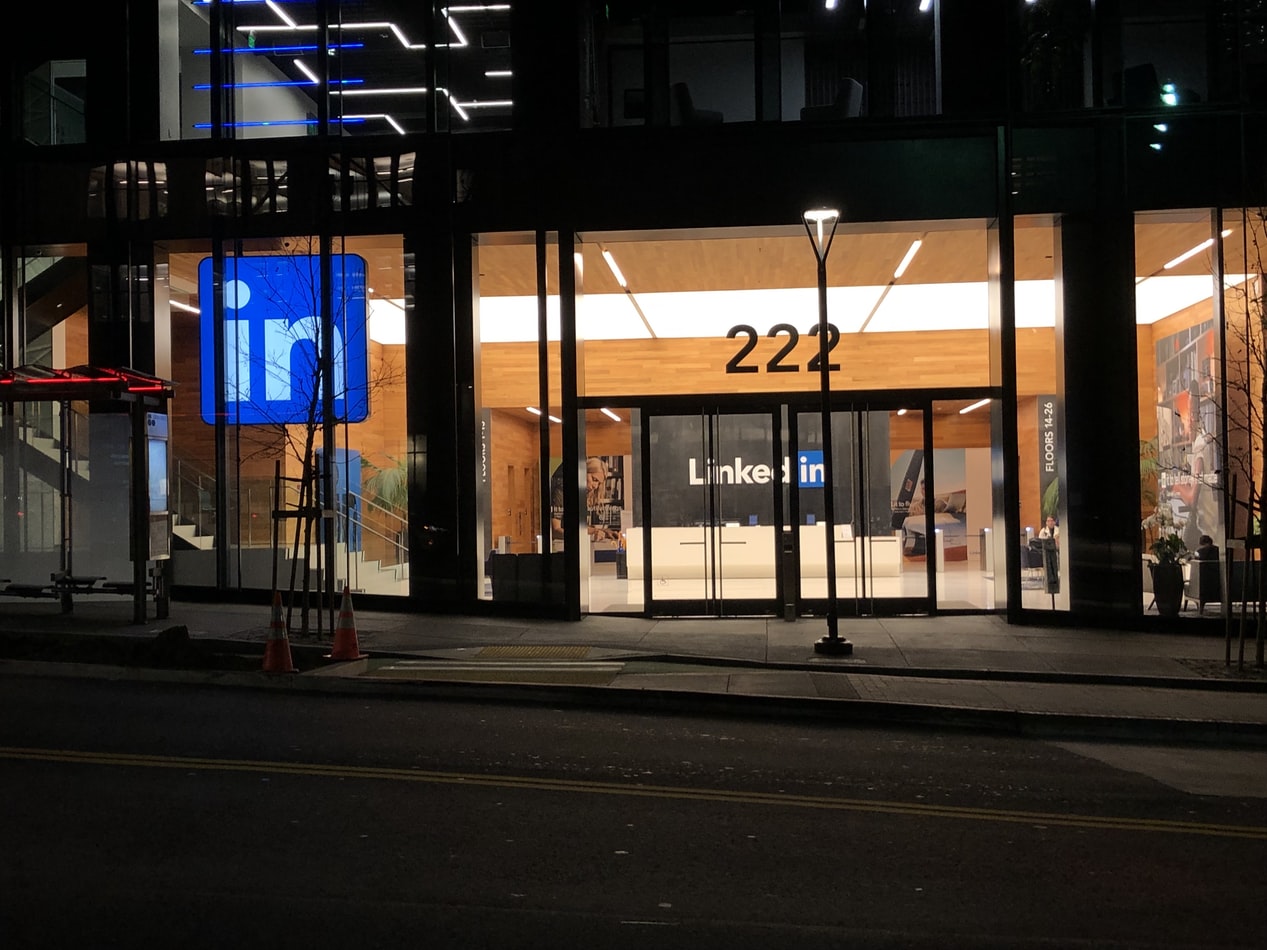

Using different phrases to target public LinkedIn profiles – e.g., “people you know”.Whether or not you should use “pub” and/or “in” (e.g. site:/in | site:/pub).With the inclusion of the minus sign, you exclude sample resumes and job ads which will give you irrelevant results.I’ve recently come across some blog posts and some Boolean Strings discussions on LinkedIn that inspired me to go back and tinker with searching LinkedIn via Google and Bing.įor example, I continue to see people talk about: This search string detects all the resume or CV files (intitle:resume OR intitle:CV) that contain the word ‘physical therapist’ and mention a degree in kinesiology. (intitle:resume OR intitle:cv) “physical therapist” kinesiology (bachelor OR master OR degree) -job -jobs -sample -examples

Here is a command example searching for a physical therapist with a degree in kinesiology: The Google search string should have all the essential keywords and symbols that’ll bring you accurate results. What is a search string example on Google? Academic degree and other certifications.Employees who work or have worked in a specific company.By putting together specific words and phrases, you can narrow down your search to a limited number of results and spot candidates with the preferable qualifications and skills.Įxamples of information you can find using the Google X-Ray search Google X-Ray is popular in recruitment, with Boolean search being a powerful tool for effective candidate sourcing. Google Boolean strings are commands that help you come up with targeted results by applying the so-called Boolean operators, for example AND, OR, and NOT (see the Table below). So, what is Google X-Ray? To put it briefly, it is the use of Boolean search strings on the Google search engine. X-Ray search, also known as Boolean search, is a method we use to locate highly relevant and precise results from websites by combining phrases, keywords, and symbols into the search bar.


 0 kommentar(er)
0 kommentar(er)
